The summer just gone brought the retirement of James Anderson at the age of 41. He took 47 Test wickets in his 40s – more than twice as many as anyone else this century. Extending that a little further, he took 224 wickets after the age of 35. In this piece we’re putting together a Test XI of the players who performed best after that age.
If middle-age is about anything, it is about attributing all of the failings you already had to the ageing process.
It’s still hard to get out of bed, but now it’s because of your age. Your waist size is still bigger than you’d like, but now it’s because of your age. You still forget everything, but now it’s because of your age.
This kind of excuse-making ageism is great – but not if you’re a sports person.
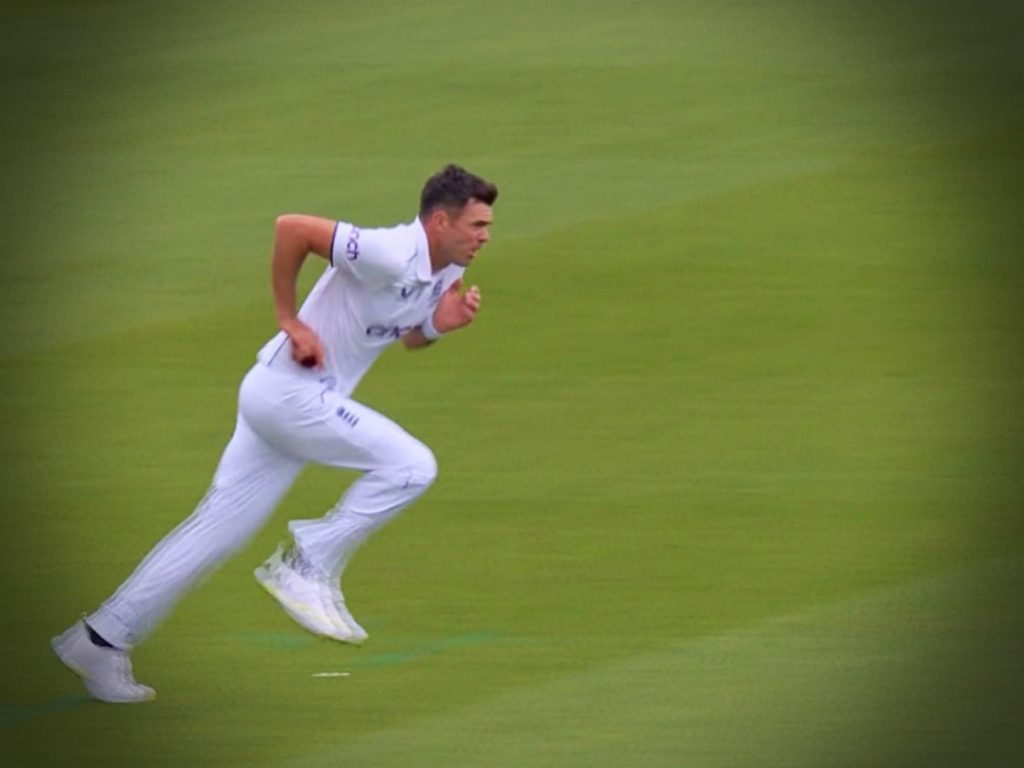
Cricketers don’t get any leeway once they’re over 35. If they’re coming back from an injury or in a patch of poor form, people are quick to conclude that they’ve ‘had it’.
“His eyes are going,” they say. “The hunger’s gone. The body’s letting him down.”
More than the physical challenges, it’s this tendency to write people off that makes sustaining a Test cricket career into your late-30s and beyond such a challenge.
Age is a funny thing though. As Anderson shows, not everyone’s affected in quite the same way. And not everyone’s attitude to the ageing process is the same either.
There’s a weird phenomenon in amateur triathlons where age categories don’t really make much conventional sense. As long as you’re not competing in the Olympics or anything, you’ll probably have it quite easy as a 20-something triathlete. Move into the over-40s category though and Jesus Christ. Suffice to say, mid-life crises can drive people to astonishing feats.
So here’s our All-Time Greatest Middle-Aged XI. Unless otherwise stated, stats are for matches played after the age of 35.
1. Graham Gooch – 4,563 runs at 48.54 (12 hundreds)
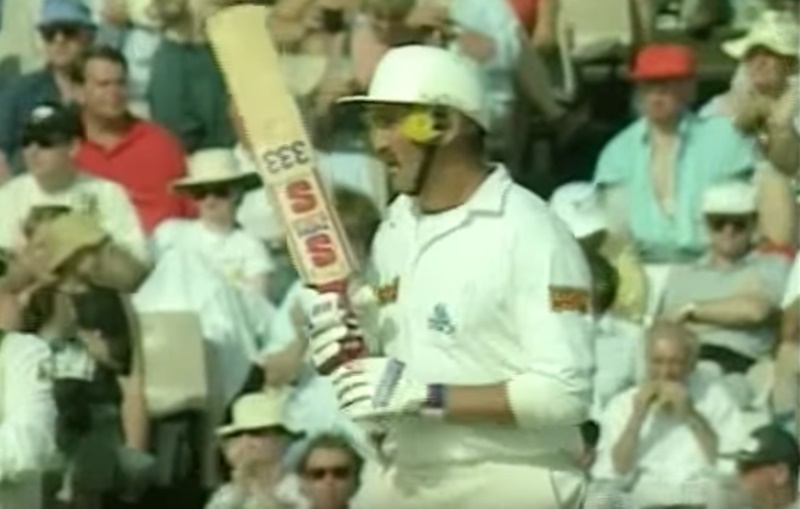
No middle-aged person has made more Test runs than Goochie and 3,958 of them were made as opener.
Strikingly, Gooch actually made more runs after he turned 35 than before.
2. Jack Hobbs – 2,945 runs at 56.63 (10 hundreds)
Geoff Boycott is the second-highest run-scorer as a middle-aged opener with 3,535 runs at 47.77 (10 hundreds. However, we had to do something to exclude him, so we went with Jack Hobbs, who made 2,792 runs as opener at the VASTLY SUPERIOR AVERAGE of 55.84 (nine hundreds). (Obligatory mention for Vinoo Mankad too who averaged exactly 50 as an over-35 opener. Vinoo always seems to crop up in these sorts of pieces.)
Further reinforcing his case, Hobbs made eight Test hundreds in his forties and scored his final one when he was 46, which is still a record.
If the footage below was shot when he retired from first-class cricket, he’d have been 52.
He looks in decent nick.
3. Don Bradman – 1,903 runs at 105.72 (eight hundreds)
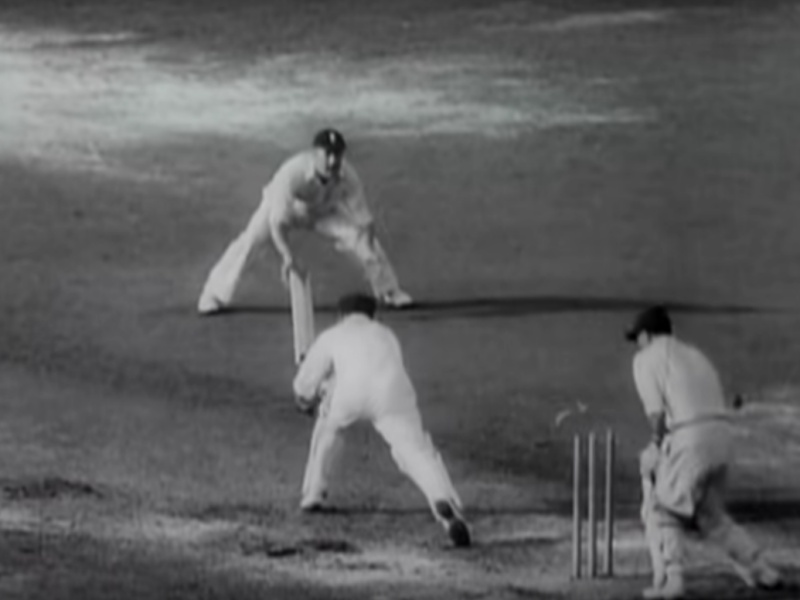
If there was one mistake Don Bradman made in his career, it was to start playing for Australia at too young an age. If there was another mistake he made, it was to retire from cricket too young.
Because when viewing Don Bradman’s career as a whole, we all know he is 99.94% a failure, yet after the age of 35, it is equally clear that he set modern sporting standards by giving 105.72%.
4. Kumar Sangakkara – 2,528 runs at 60.19 (eight hundreds)
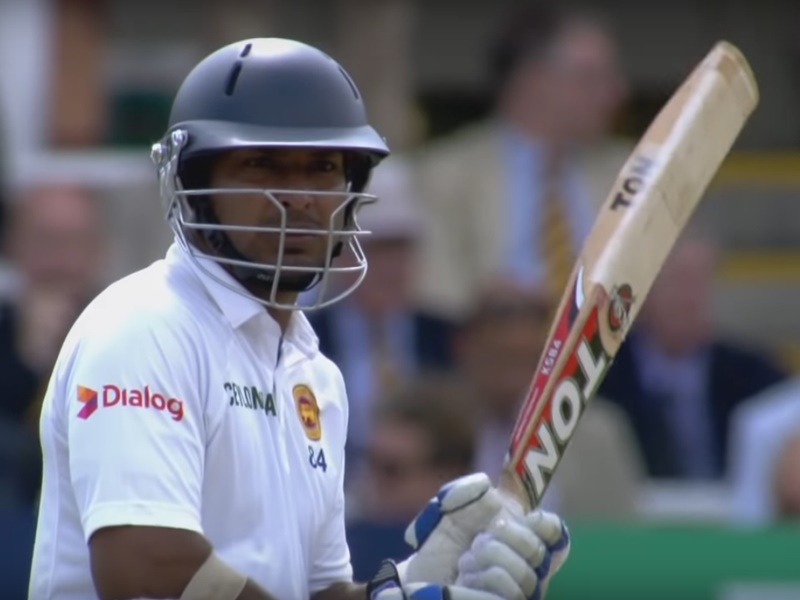
No-one has scored more runs at a higher average after the age of 35 than Kumar Sangakkara.
It was during his supposed-sporting-dotage that he hit his highest score (319 v Bangladesh) and also played his longest innings (an 11h 38m 221 v Pakistan).
Maybe donning his slippers at the end of each day’s play recharged him somehow. Or maybe he just really enjoyed having a bit of time away from the kids.
5. Shivnarine Chanderpaul – 3,291 runs at 57.73 (nine hundreds)
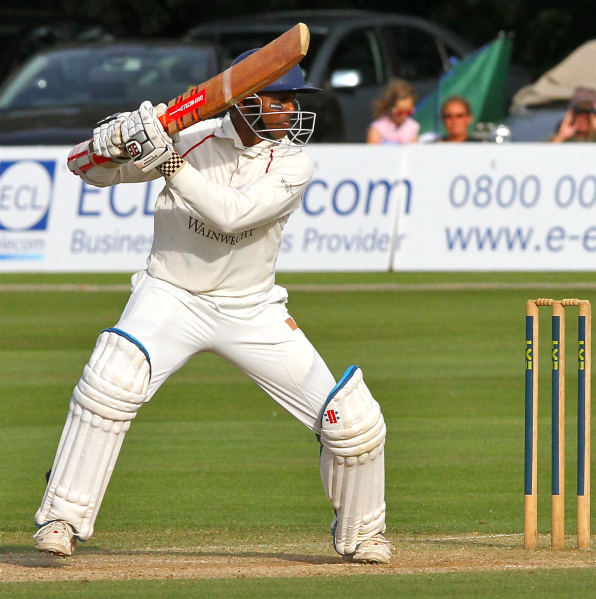
Same again: no-one has scored more runs at a higher average after the age of 35 than Shivnarine Chanderpaul (think about it). Shiv rounded off his youth by becoming Lord Megachief of Gold in 2007 and then Grand Lord Megachief of Gold in 2008, at which point he pretty much just carried on exactly the same.
Shiv’s middle-aged runs also count double because for most of that time he was playing in a team that was not actually very good at cricket.
6. Imran Khan (c) – 1,037 runs at 61.00 (two hundreds) and 51 wickets at 26.56 (two five-fors)
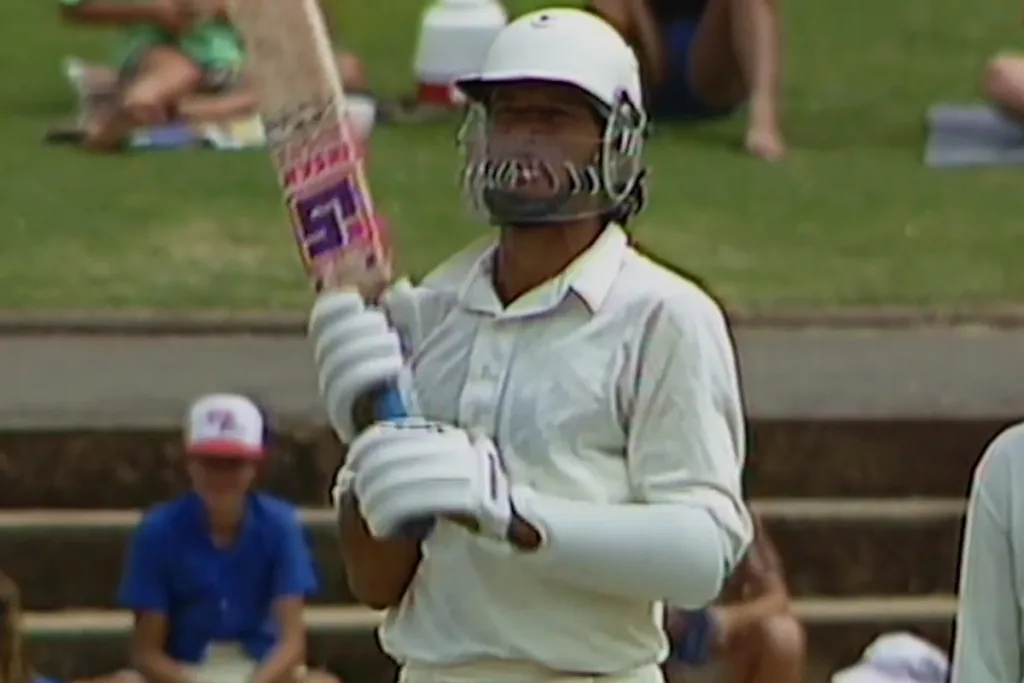
Only two other players have achieved the middle-aged double of taking 50 wickets and scoring over 1,000 runs after they turned 35.
One is Raymond Illingworth (1,380 runs at 25.55 and 87 wickets at 28.14). Almost inevitably, the other is Vinoo Mankad (1,313 runs at 36.47 and 88 wickets at 34.07). There really is no weirdo utility player stats table Vinoo can’t finagle his way onto. (If you’re confused by Vinoo’s batting stats here after the one we mentioned further up the page, it’s because that previous one was purely his record as opener.)
Imran is the prime pick here though. He can be captain too, if only because he’s shown he’s most definitely not averse to taking on leadership roles later in life.
7. Alec Stewart (w) – 3,310 runs at 37.19
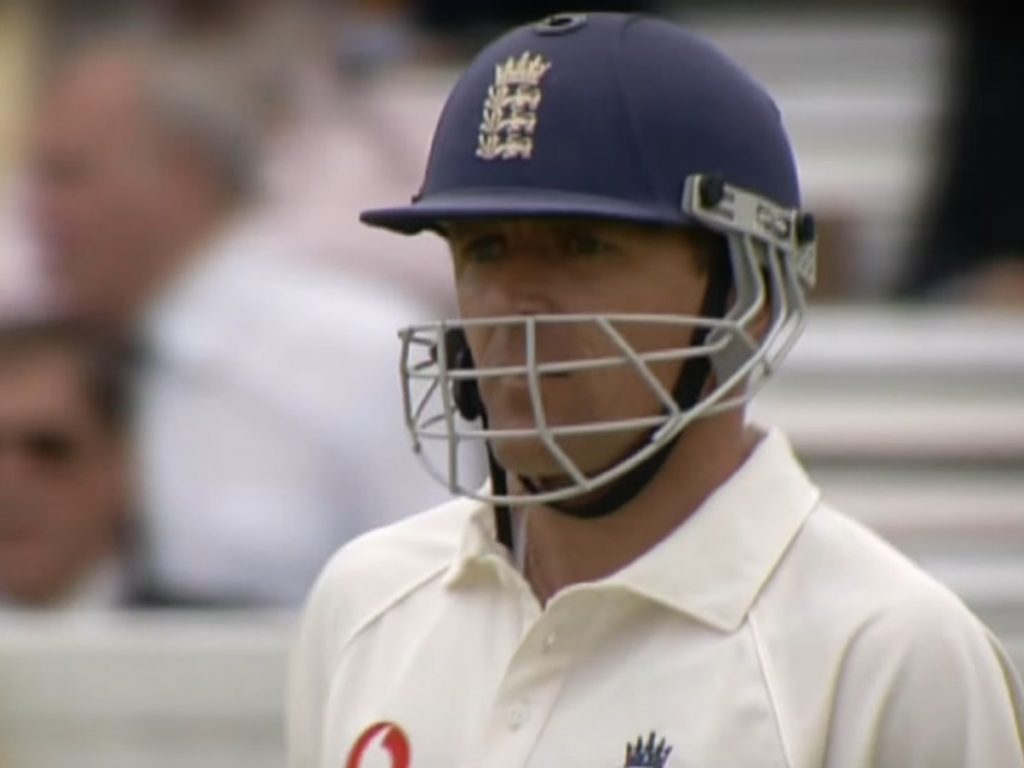
First things first: Kumar Sangakkara did not keep wicket in a Test match after the age of 35, so don’t bother getting all ‘what about Kumar Sangakkara as keeper?’ about this. The greatest trick Kumar Sangakkara ever pulled was convincing the world all his amazing batting happened while he was still a wicketkeeper.
Only three players have made more than a thousand runs while keeping wicket after their 35th birthdays.
With 171 dismissals to Stewart’s 152, Bob Taylor arguably has the edge with the gloves. But then he only made 1,152 runs at 16.45 and that is quite a difference to Stewart’s run-scoring as keeper.
Brad Haddin, meanwhile, made 1,009 runs at 28.02. However, he is Brad Haddin and would therefore be ineligible for consideration even if his record weren’t worse than Stewart’s. Which it is. Get lost Brad Haddin. Get out of this article. You don’t belong here.
> Brad Haddin’s finest moment as a cricketer
Playing as an over-35 wicketkeeper, Alec Stewart made 2,914 runs at 36.42 (he made a few hundred over-35 runs as a specialist batter too).
Just to put that effort in context, here are some players who made fewer than 2,914 runs when playing as wicketkeeper across their entire Test careers: Dinesh Ramdin, Brendon McCullum, Moin Khan, Ridley Jacobs, Jack Russell, Ian Smith.
(Bonus factoid resulting from us forgetting to untick a box while researching this piece: Rodney Marsh and Bob Taylor are the only two designated wicketkeepers to have had a bowl after their 35th birthdays. Both bowled two overs; neither took a wicket. If you had to choose, Marsh has the better economy rate. He took 0-3 against Pakistan in 1983. The match was drawn. Trailblazer Taylor took 0-6 against India a year earlier in a match that was also drawn. England used 10 bowlers in India’s second innings. The only man who didn’t bowl was Paul Allott. We’re not exactly sure why. He bowled 31 overs in the first innings and batted, so it seems reasonable to assume that he was suffering from the wild shits. If you can find the correct Wisden, that’s definitely what it’ll say.)
8. Richard Hadlee – 820 runs at 32.80 and 116 wickets at 21.39 (11 five-fors)
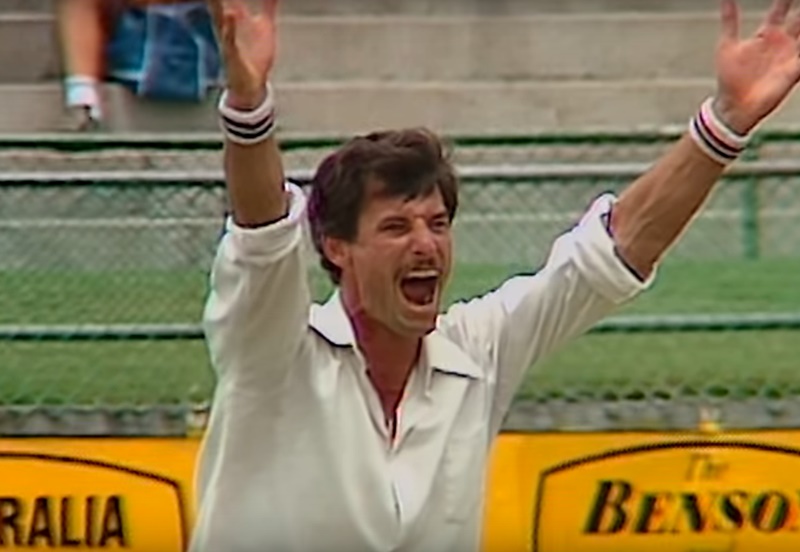
Originally, we had Imran Khan down as our number eight, which left us with a fiendish and controversial choice between Misbah ul Haq (4,509 runs at 47.46, eight hundreds) or Sachin Tendulkar (4,139 runs at 49.86, (12 hundreds) for the sixth batting slot (with 14 hundreds, Younus Khan had a shot too). Then we realised that Imran’s batting was good enough to bat at six.
This meant that not only did we neatly sidestep the Misbah-or-Sachin landmine of a question, we also didn’t have to devote any paragraphs to an explanation of how Imran had edged out bowlers with better records.
It’s worth highlighting Hadlee’s handy returns as a number eight here as well.
9. Rangana Herath – 233 wickets at 26.83 (18 five-fors)
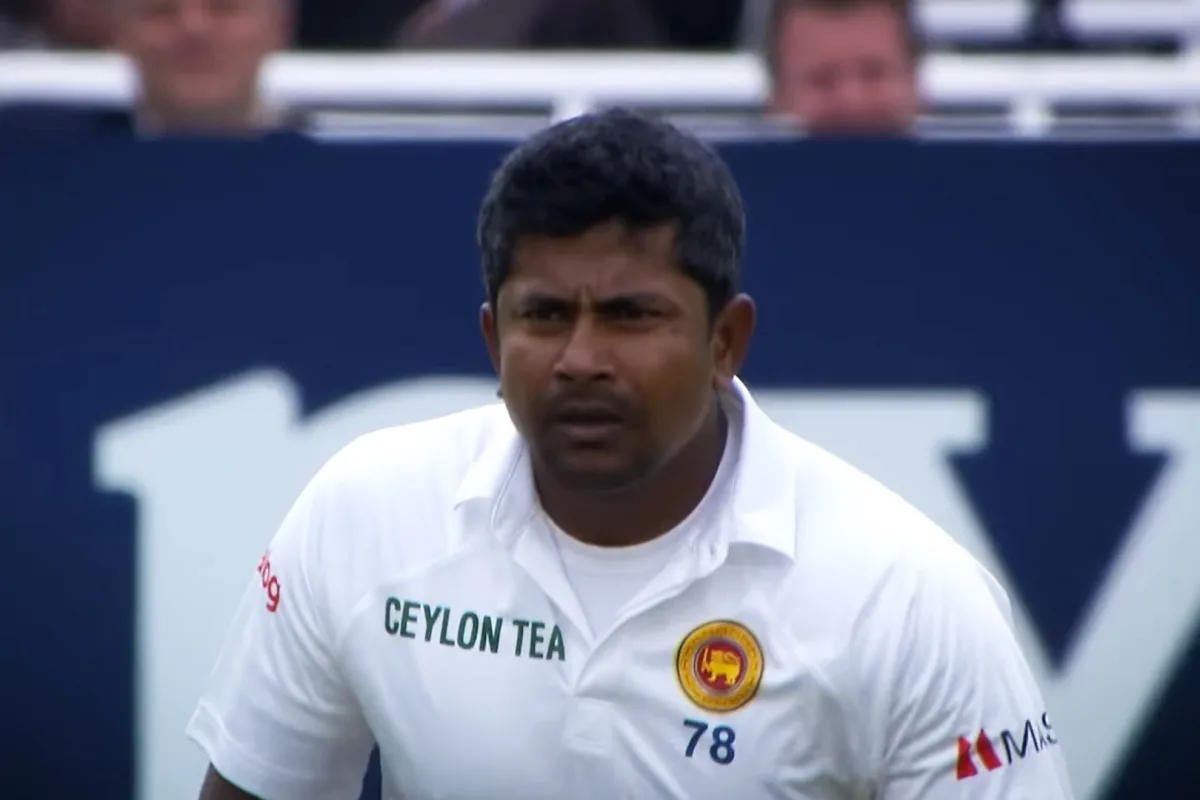
Shane Warne took 181 wickets at 25.24 after the age of 35 and Clarrie Grimmett’s record is actually better still – 192 wickets at 24.66 (with 96 of them coming after he’d turned 40).
However, really both have to bow down to homicidal capybara, Rangana Herath, who basically played an entire massive great big Test career starting from the exact point at which everyone thought he would have retired.
Herath took more wickets after the age of 35 than Darren Gough, Steve Harmison and Vernon Philander took in their whole careers.
10. Syd Barnes – 139 wickets at 14.80 (18 five-fors)
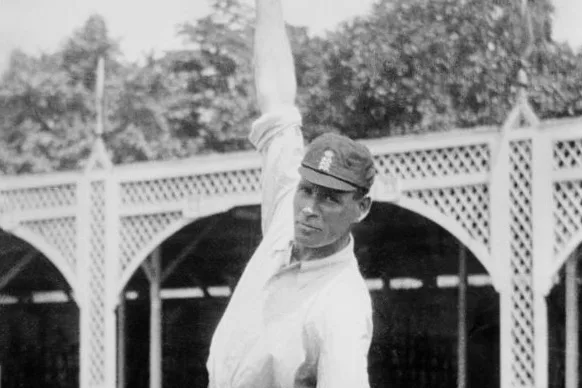
Look at those figures. No need to overthink it.
There weren’t really any signs he was slowing down either. He took 49 wickets at 10.93 in his forties. In… four Test matches.
11. Courtney Walsh – 180 wickets at 21.61 (nine five-fors)
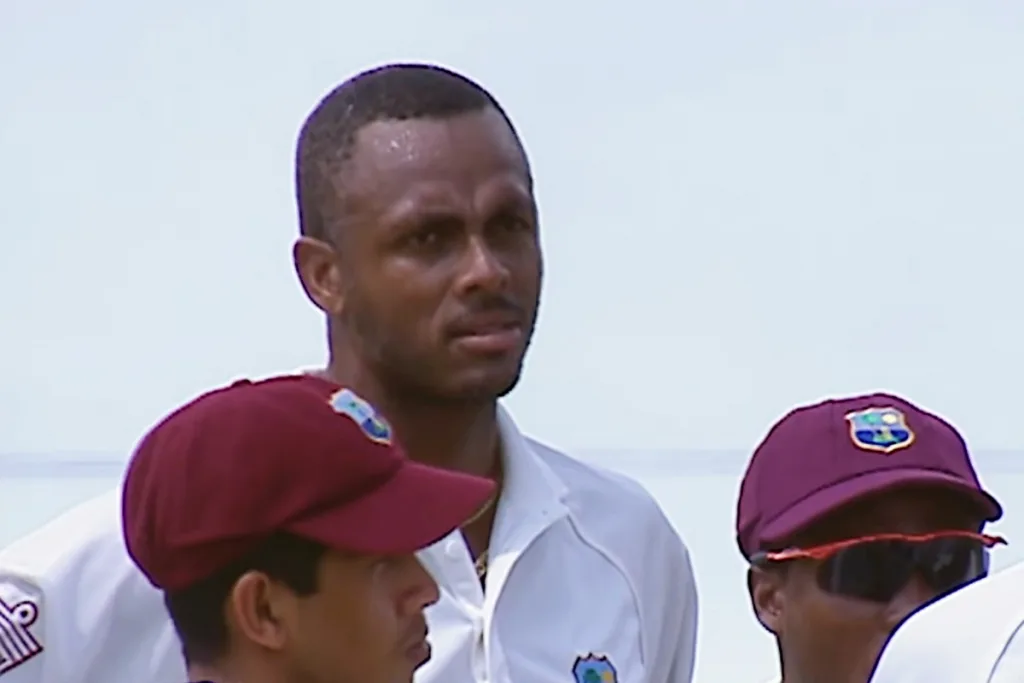
Other than Jimmy v Courtney, the fast bowling slots weren’t too hotly contested. It’s not a job many have had the desire or physique to persist with.
Courtney gets the nod on the basis that Anderson’s additional 44 wickets required another 24 matches. Or maybe that perserverance should count in his favour in this context? We’re not sure.
Other than that, their stats are quite similar. Walsh’s middle-aged average is a little better (21.61 versus 22.71), while Anderson’s strike-rate is meaninglessly superior (a wicket every 56.3 balls versus every 56.4 balls). Anderson also shades the five-fors 10-9 – although given the extra 24 matches, that’s hardly surprising.
Both men are worthy of a place really and let’s be honest you’d probably want to rotate your pace attack over the course of a series anyway if you were to have any hope of preventing your ibuprofen stocks running dry.
It’s also worth mentioning that Walsh made 167 runs at 4.28 after he was 35, which means he actually managed to deteriorate as a batsman. This is very impressive considering how little room for manoeuvre he had in that regard.
Thanks to everybody who’s currently funding King Cricket on Patreon. Your pledges help us do features like this. If you’re not currently a King Cricket patron and you’d like to see us to do more with the site, you can flip us a shiny coin or buy us a pint each month here. Don’t feel you have to, but huge thanks if you do.
This is an updated version of an article first published in April 2020.

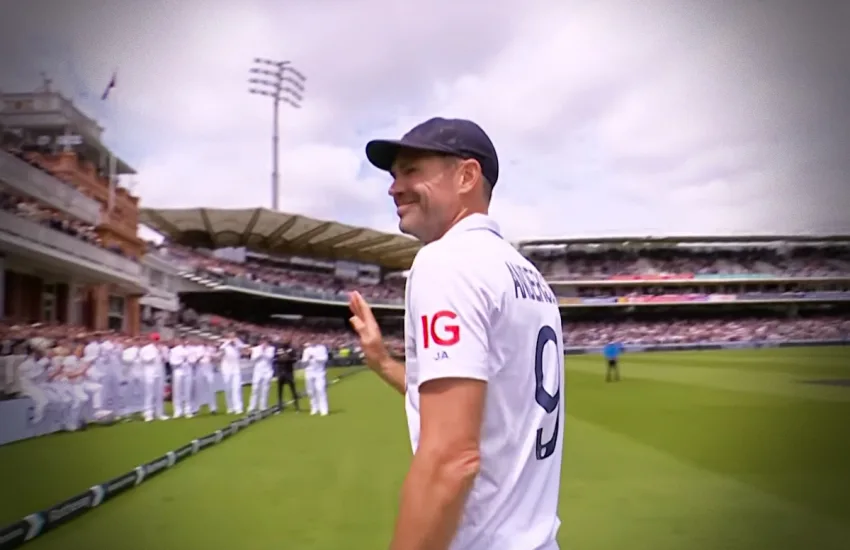

That Gooch stat is a doozy. I turned 35 earlier this year. So far I haven’t scored any Test runs, but there’s still time.
You’re certainly unlikely to score fewer than you did before your 35th birthday.
Congratulations on turning 35 Sam, which if you think about it actually means congratulations on failing to drop dead before 35 Sam.
More impressive in that regard – I turn 50 in a couple of months, 25 June in fact. So I’m much, much better than Sam at failing to drop dead, at least so far. Unfortunately, lockdowns and social distancing mean that the country won’t be able to celebrate this millstone (stet) as it would otherwise have done. So instead, here is a remember-my-bloody-birthday note masquerading as a general knowledge quiz. No googling now:
On the day I was born, who was Prime Minister?
And on the same day, who was President of the USA?
What was the top three of the UK singles chart?
Number three is mum’s favourite song and she worked with the guy who played bongos on number one.
Had literally never heard of number two until today. It’s an interesting one. Faintly puzzled how it came to be number two in the charts in any era.
Thanks for the memory Bert. I’ve requested that it is played at my funeral, which may be sooner rather than later.
She’s being melodramatic. She’s fine.
You’re vey welcome, Mrs Cricket. A fine funeral song, no doubt, in the sense that the whole point of a good funeral song is to make everyone leave scratching their heads about what aspect made you choose it. I’d go for:
She said love, lord above
Now you’re tryin’ to trick me in love
I think we can all learn something from that.
The implication is that Paul Allott ran himself into the ground on a flatty in Madras January 1982:
http://www.sporting-heroes.net/cricket/england/paul-allott-2250/test-record-for-england_a00937/
Probably not Delhi belly, Calcutta splutter, Bombay spray nor Madras gas.
Open to interpretation.
We’re interpreting it as the wild shits.
Is there going to be a Sim Test match using this xi?
Afraid not.
They could play against a best youngest XI
A teenage XI?
‘Working’ from home I submit this as a possibility:
Afridi
H Mohammed
Miandad
Tendulkar
G Pollock
M Mohammed
Sobers
Parthiv Patel (wk) – there have only been 10 teenage test match keepers.
Amir
Akram
Younis
Vettori (12th man)
Honourable mention to Chanderpaul, close to selection for both teams.
There has never been a teenage test match captain so there isn’t one in this team.
Can you get a captain of you make it under-21s?
Taibu captained Zimbabwe at 20 and a bit, so you could swap him in for Patel.
It looks like Rashid Khan has captained Afghanistan in ODIs and T20s as a teenager.
Brian Close deserves a mention. He could be controversially left out of the teenagers XI and ludicrously included in the middle aged one.
I thought that. 27 years between being called up for his first and last Test. Worth a shout for entertainment value alone
I also feel Misbah-ul-haq deserves a mention, only 54 post-35 runs less than Gooch at an average of 47, and most of the time doing it while captaining Pakistan, which must count as a pretty big handicap. Can see why he doesn’t push any of the other top 6 out, but at least deserves 12th man status.
He does get a mention.
You cannot go around calling over 35 `middle age’. A man is supposed to live to a hundred, so middle age is definitely 50. You are young before that, and old after. That’s it, there’s no other constructs. Imagine a hypothetical young man who is 39 dreading at the thought of next January when he will turn 40. This hypothetical young man would positively bristle at your suggestion that he is `middle aged’. And then he will type out a few angry words on his iPad. While still bristling.
Such a hypothetical young man would find his sights immediately turning to 50 and “old age” next January. He should therefore welcome a chunky “middle age” period from 35 to 65, followed by a “late middle age” period the upper limit of which is yet to be defined.
Wise words, oh King.
That’s why you are King, whereas DC is a cowering 39 year-old…allegedly.
While this designation of periods looks decidedly like what biologists do to dinosaurs, methinks the hypothetical young man could find solace in it somehow.
Yeh, you think so? I’ll bloody fight you! Come on, whippersnapper, I’ll give you what for! Think I haven’t got it in me? Too old for all that, eh? Well come on then, let’s see who’s old.
Did you have to sit down after that Bertie?
Is this about you Bert?
https://www.bbc.co.uk/news/uk-52360728
one always felt Gooch was born 35 and remained 35 till he reached 35. one needs visual proof to be convinced otherwise.
Wouldn’t dispute that. Pretty sure he’s only aged half a year actually since too.
I think I’d want to make room for Dolly, just because his entire career was middle-aged.
Walsh’s batting detoriating after age 35, is the greatest factoid in this post !!
Nothing new under the sun.. I bring you 1850s Titanic Over 36s v Under 36s clash at Lord’s : https://www.espncricinfo.com/series/17798/scorecard/544143/over-36-vs-under-36-england-domestic-season
11 run margin of victory.
Wonder how influential the 35-year-olds were.
Scandal! 35-year-old George Rogers played for the OVER 36ers. No doubt this is why the Over 36 franchise was run out of the game. (If it still matters, 7 & Absent Hurt – either shame or a pair for Lord Guernsey who was absent inbred).
I was hoping one of the debuts was for the “Overs” but as they’ve so brazenly betrayed the game and their fans I no longer give a shit – who would trust them anyway. Glad they fucking lost.
Disappointing that there wasn’t a player who started the game for the Unders and finished it for the Overs.
I think the game would have been legit if it was under/over35 (those old bastards would have cheated anyhow).
Interesting quite how good the batting, spin bowling, and cunning medium pace bowling of this team is. Suggests a fair few players retire or are pushed to retire too young (assuming they still enjoy playing). Anderson’s pig-headed determination on this point is rather admirable, though only possible given his extraordinary bowling in the last six or seven years.
There might not be any real reason why there couldn’t be another Hobbs or Grace, or even Barnes, the best bowler the touring West Indies side faced in England in 1928 when he was in his mid fifties. I’m looking forward to Anderson still playing home tests in 2040.
Rereading this piece after all these years, KC, was again a pleasure, as was rereading (or in several cases I think, reading for the first time) the comments.
The following passage resonated more poignantly this time:
“Imran is the prime pick here though. He can be captain too, if only because he’s shown he’s most definitely not averse to taking on leadership roles later in life.”
Thanks again.
We tend to wrestle with the decision about whether or not to restart the comments when we republish these pieces. We figure that for the most part, if the article isn’t too time sensitive, the comments most likely won’t be either.
At the same time, we don’t just republish. Some articles are quite significantly rewritten. We left the Imran comment in, as you point out, but other stuff comes out . There was originally an offhand comment about Warne’s diet, for example, which didn’t come across too well given the subject has since died as a result of atherosclerosis.
On top of that, obviously the whole piece has been reframed in light of Anderson’s retirement. It’s probably poor practice to significantly edit the article while leaving the comments untouched, but we usually feel like we’d lose more than would be gained.
Your choices for leaving in and taking out make a great deal of sense, KC.
Much of my old comedy material, e.g. Princess Diana jokes, died along with her and would not pass the PC test even if she were alive today. Example: https://ianlouisharris.com/1993/03/15/she-aint-heavy-shes-bulimic-newsrevue-lyric-15-march-1993/
In your case, leaving comments on the piece, in this instance anyway, for sure made sense. I don’t think I had returned to see the later comments back then and enjoyed them this time around. Good luck t’ya.